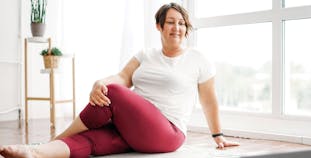April 12, 2021
Advance Online

Advance Online
The Little Things Count
Small and gentle movement can help you manage symptoms of PsA.

Small and gentle movement can help you manage symptoms of PsA.
We use cookies to offer you a better experience and analyze our site traffic. By continuing to use this website, you consent to the use of cookies in accordance with our Privacy Policy.